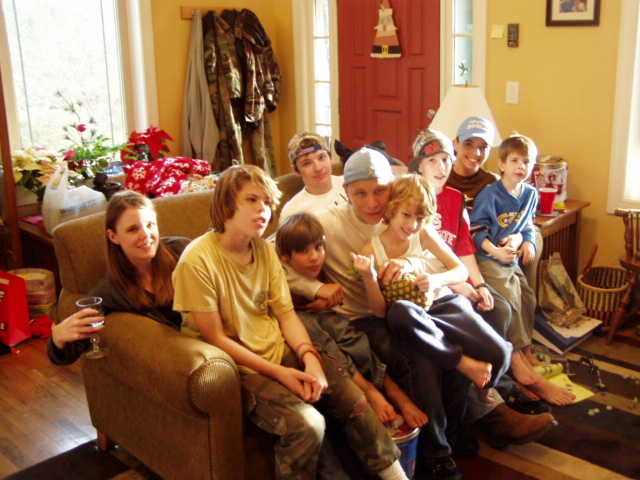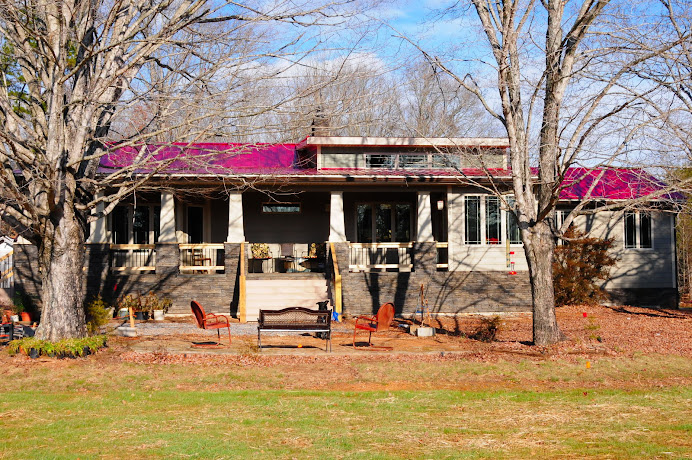My friend and colleague Jo Ann Mathews works hard at sharing information for and among and between writers. She recently featured me on that blog "Woman and Adversity." Here's what I shared:
I was 10 years old and in fifth grade when the class English assignment was to write a short story. They were to be judged by our teacher’s mother — award-winning children’s author Natalie Savage Carlson — and the winning stories read to younger children in other grades. Though in retrospect I see I took a fairy tale and retold/rewrote it, my story was selected. I still have the copy of it on which Mrs. Carlson wrote how much she’d enjoyed reading it.
That entire school year was spent in learning from our teacher, Julie Carlson, the different stylistic devices used in writing and incorporating them into our compositions. After I used personification and onomatopoeia in describing my dad’s old car named “Junior” and the many sounds it made when he started and drove it, Miss Carlson encouraged me to continue writing.
From that point on, I knew some form of writing was what I wanted to do, and I began in earnest in high school when I joined the newspaper staff. By my senior year, I was co-editor and writing a column for our local weekly newspaper. As a college freshman, I again volunteered for the school newspaper. But I quickly found I had a lot to learn — and couldn’t always write in my own “style” — when I was put in my place by my freshman composition teacher. She insisted we begin all our essays with “In the beginning, I shall attempt to prove……” Well, I wasn’t going to write like that because I was a journalist. I earned D’s on all my essays until I followed her formula. Once it was mastered, she allowed us to write in styles that suited us!
Majoring in journalism at UNC-Chapel Hill meant I also wrote for the college newspaper, and I loved it. But my classroom writing didn’t go as well, as once again, I was up against instructors who first wanted us to learn “their” way. Until I acquiesced, my rebellion only resulted in lower grades. But I finally earned decent grades in news, feature, and editorial writing — and was published during my semester-long internship at a daily newspaper — then graduated and found a reporting job on a small community newspaper. Once again, however, I had more to learn. Because our competition was a daily, the editor wanted our writing and headlines to entice the reader. When he asked me to begin a story about the discovery of a murder victim with these words — “The bloody, battered and bludgeoned body of Junior Metcalf was dragged from the bottom of the Dan River on Saturday…” — I drew the line. He wrote the lead, I wrote the story, and he put my name on it!
Every new reporting job had its challenges — both with editors and with my dad, who also had been a journalism major. Often he’d send me back my stories with red marks all over them, saying he was only trying to help me become a better writer. It didn’t matter that the stories had been published. He thought I could learn from his comments. Even in my miffed state of mind, I probably did.
Fast-forward 35 years when I had the manuscript for my first — and only — book rejected three times by the only publisher I sent it to. But the third time’s the charm, the old saying goes, and this rejection notice came with the suggestion of another publisher, who had already been contacted. Weeks later, I had a contract and a new editor. We sparred over wording and story order and what should stay and what should go. She won some of the battles; I won others. We made it through more writing and researching, lots of editing, and seemingly endless proofreading at breakneck speed — 6-months — and in July 2009, Undaunted Heart: The True Story of a Southern Belle & a Yankee General was published.
It’s amazing how suddenly I was “a writer,” though I’d made a living as a writer for my entire professional career. My dad had to remind me of that once when I wondered if I’d ever amount to anything! I was bemoaning that I’d never reached my goal of writing for The Washington Post — although I did write two obits that were published — so maybe, I told him, I hadn’t been successful. “Look what you’ve done,” he replied. “You’ve been paid to write ever since you graduated from college.”
Today, most of my writing is done on a part-time basis, for I am a full-time assistant professor of English at a local community college. And guess what? I require my students to write their introductions and essays in a certain format! And I also can finally see the forest for the trees. I feel extremely comfortable providing encouragement to current and former students that ANY writing is writing! Just do it and put it out there. It helps that there are so many places to publish — this blog, for instance — but wherever they do, others are certain to read and enjoy.
My biggest obstacle? Taking my own advice that ANY writing is writing and I need to simply do it, to take what’s in my head and put pen to paper or fingers to keyboard. The result is the same: I am a writer.
You can read more at http://www.jamathews.com/blog-writers-women-adversity AND you can subscribe for updates.
skip to main |
skip to sidebar


Cousins

Finished!
After 40-years in News & as an Assoc. Prof. of English at Wake Tech in Raleigh (NC), Harmony-resident Suzy Barile is retired. A graduate of St. Mary’s JC & UNC-Chapel Hill, she earned a master’s degree from NC State. Signed copy of the award-winning “Undaunted Heart: The True Story of a Southern Belle & a Yankee General” is $21. Contact suzyb3@gmail.com. Barile is co-editing the papers of NC’s Revolutionary War-era governor Richard Caswell. Follow Ella Swain - @EllaHSwain
Suzy Barile

Undaunted Heart: The True Story of a Southern Belle & a Yankee General
Order my book -- Attend Programs
Undaunted Heart: The True Story of a Southern Belle & a Yankee General
Keep up with Ella Swain and Genl Atkins through Twitter -- @EllaHSwain.
Interested in having Suzy Barile speak to your group? Contact her at suzyb3@gmail.com.
Here are upcoming dates to remember:
WATCH Suzy Barile on The Artist's Craft at http://www.youtube.com/watch?
WATCH Suzy Barile on WUNC-TV's Bookwatch at http://www.unctv.org/ncbookwatch/author_az/2010/Suzy_Barile.html
INVITE Suzy Barile to speak at your neighborhood Book Club, your school, your community organization.
Keep up with Ella Swain and Genl Atkins through Twitter -- @EllaHSwain.
Interested in having Suzy Barile speak to your group? Contact her at suzyb3@gmail.com.
Here are upcoming dates to remember:
WATCH Suzy Barile on The Artist's Craft at http://www.youtube.com/watch?
WATCH Suzy Barile on WUNC-TV's Bookwatch at http://www.unctv.org/ncbookwatch/author_az/2010/Suzy_Barile.html
INVITE Suzy Barile to speak at your neighborhood Book Club, your school, your community organization.
Check the www.enopublishers.org site for additional upcoming readings.
Blog Archive
About Me
Christmas 2011

Cousins
Harmony House
Finished!

